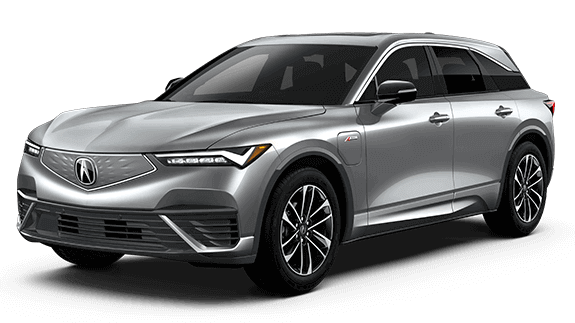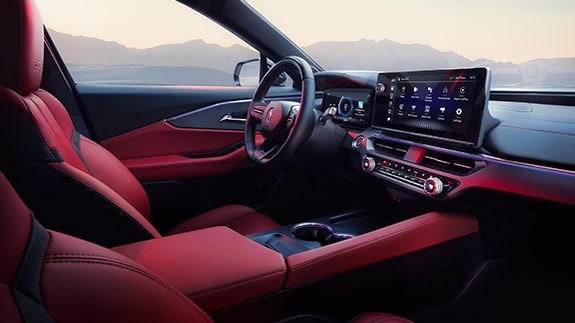Here are 10 simple steps that will help you turn your used car into cash. Everything from pricing to advertising and negotiating is covered in this short, easy-to-follow process.
Steps to Selling Your Vehicle
1. Know the Market
2. Price Your Vehicle Competitively
3. Give Your Vehicle "Curb Appeal"
4. Where to Advertise Your Vehicle
5. Create Ads That Sell
6. Showing Your Vehicle
7. Negotiate for Your Best Price
8. Handling Complications
9. Finalize the Sale
10. After the Sale
1. Know the Market
Is your car going to be easy to sell? Is it a hot commodity? Or will you have to drop your price and search out additional avenues to sell it?
Here are a few general rules to answer these questions:
- SUVs are in high demand right now and will likely command higher prices than sedans.
- Family sedans will always be in demand by people who need basic inexpensive transportation.
- The sale of convertibles and sports cars is seasonal. Sunny weather brings out the buyers. Fall and winter months will be slow.
- Trucks and vans used for work are steady sellers and command competitive prices. Don't underestimate their value.
- Collector cars will take longer to sell and are often difficult to price. However, these cars can have unexpected value if you find the right buyer.
Your first step is to check classified ads to see how much other sellers are asking for your type of car. Keep in mind that dealers will have different prices than private-party listings. Make sure to sort by your year, make, model and trim level of your car to see how many similar vehicles are currently on the market. These are what your vehicle will be competing with, so take note of their condition, mileage, geographic location and selling price so you can list your car at a price that will sell it quickly.
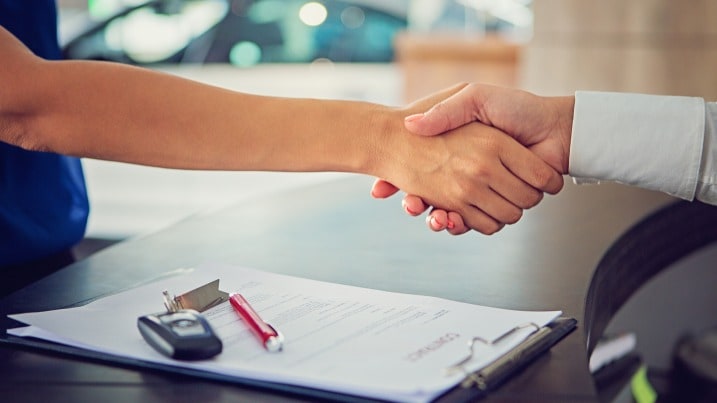







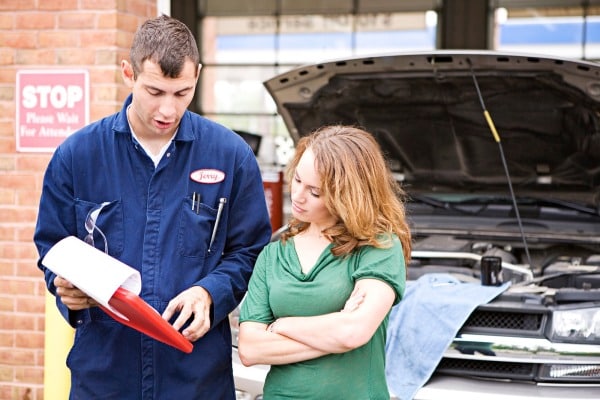

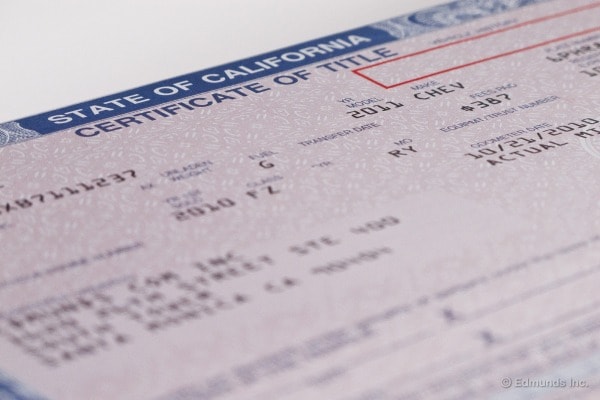
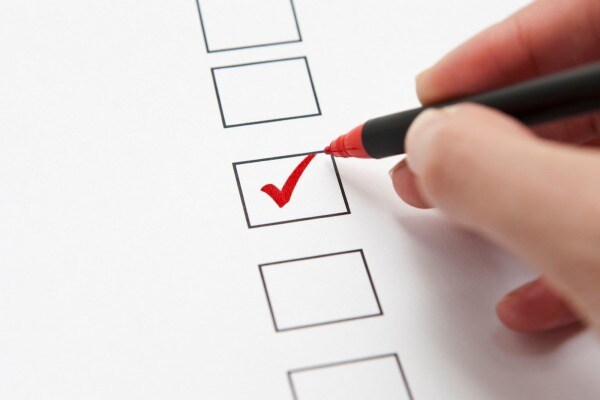
 by
by 